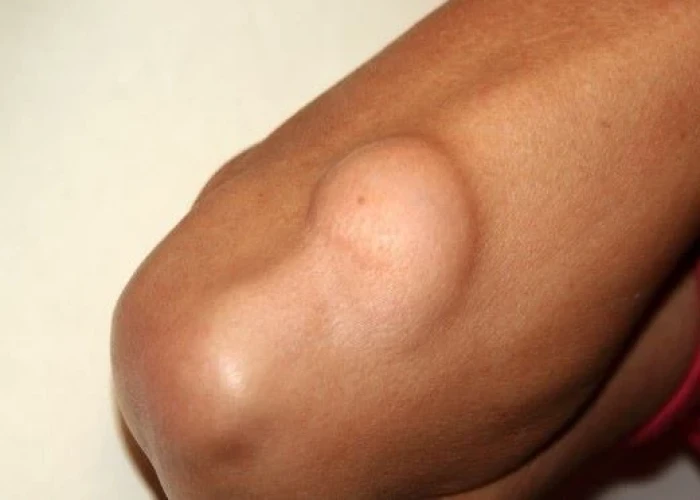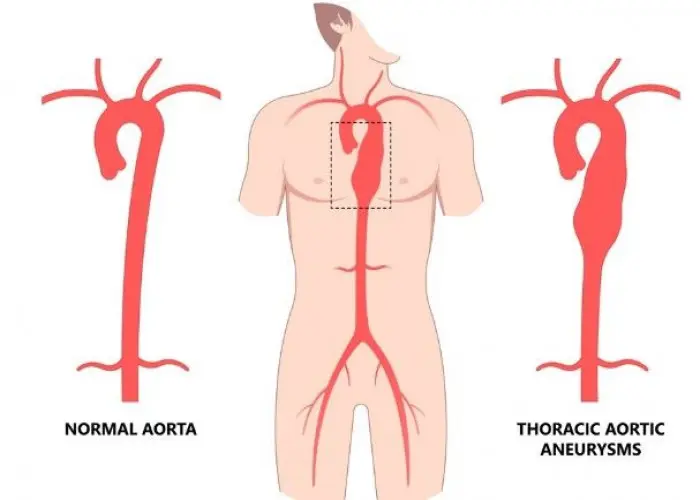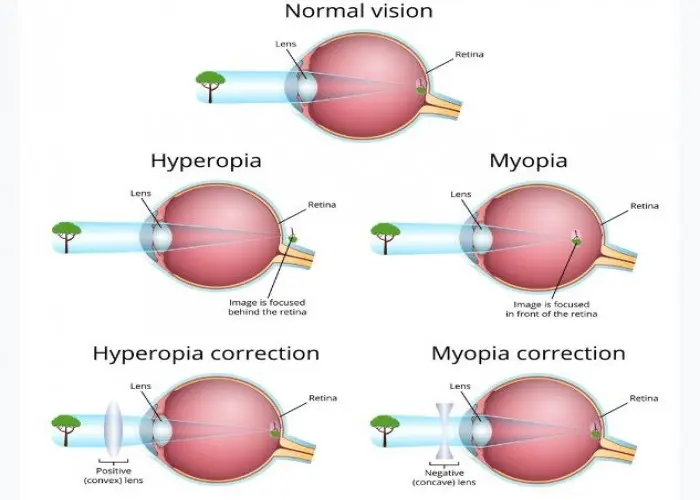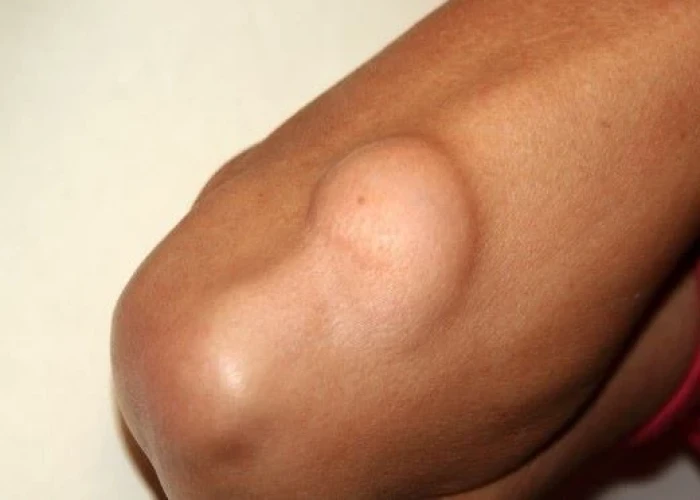 Welcome
Welcome
“May all be happy, may all be healed, may all be at peace and may no one ever suffer."
Liposarcoma

Liposarcoma is a rare type of cancer that originates in the soft tissues of the body, particularly in fat cells. It can develop in any part of the body where fat is present, but most commonly occurs in the thigh, groin, or abdomen.
Liposarcoma is typically diagnosed in adults and is more common in men than in women. It can occur at any age, but is most commonly diagnosed in people between the ages of 40 and 60.
Symptoms of liposarcoma may include a lump or swelling in the affected area, pain or discomfort, and limited movement in the affected limb or joint. In some cases, liposarcoma may not cause any symptoms until it has reached an advanced stage.
Diagnosis of liposarcoma may involve imaging tests such as X-rays, MRI scans, or CT scans, as well as a biopsy to examine the tissue under a microscope. Treatment options for liposarcoma depend on the location and stage of the cancer, as well as the patient's overall health. Treatment may involve surgery to remove the cancerous tissue, radiation therapy, or chemotherapy.
The prognosis for liposarcoma depends on several factors, including the stage of the cancer at diagnosis, the size and location of the tumor, and the patient's overall health. Liposarcoma can be a difficult cancer to treat, and early diagnosis and prompt treatment are important for the best possible outcome.
Research Papers
Disease Signs and Symptoms
- Swollen lump or skin nodules
- Swollen skin
- Weakness
- Abdomen pain
- Constipation
- Blood in stool
Disease Causes
Liposarcoma
It's not clear what causes liposarcoma.
Doctors know that liposarcoma forms when a fat cell develops errors (mutations) in its genetic code. The mutations tell the cell to multiply rapidly and to go on living when other cells would die. The accumulating abnormal cells form a mass (tumor).
Several types of liposarcoma exist. Some grow slowly and the cells stay in one area of the body. Other types grow very quickly and may spread to other areas of the body.
Disease Prevents
Disease Treatments
Treatments for liposarcoma include:
- Surgery. The goal of surgery is to remove all of the cancer cells. Whenever possible, surgeons work to remove the entire liposarcoma.
- If a liposarcoma grows to involve nearby organs, removal of the entire liposarcoma may not be possible. In those situations, your doctor may recommend other treatments to shrink the liposarcoma to make it easier to remove during an operation.
- Radiation therapy. Radiation therapy uses powerful energy beams, such as X-rays and protons, to kill cancer cells. Radiation may be used after surgery to kill any cancer cells that remain. Radiation may also be used before surgery to shrink a tumor in order to make it more likely that surgeons can remove the entire tumor.
- Chemotherapy. Chemotherapy uses drugs to kill cancer cells. Not all types of liposarcoma are sensitive to chemotherapy drugs. Careful analysis of your cancer cells by an expert pathologist can determine whether chemotherapy is likely to help you.
- Chemotherapy may be used after surgery to kill any cancer cells that remain or before surgery to shrink a tumor. Chemotherapy is sometimes combined with radiation therapy.
- Clinical trials. Clinical trials are studies of new treatments. Clinical trials might give you a chance to try the latest treatments, such as new types of chemotherapy and targeted therapy drugs. Ask your doctor whether you qualify for any clinical trials.
Disease Diagnoses
Disease Allopathic Generics
Disease Ayurvedic Generics
Disease Homeopathic Generics
Disease yoga
Liposarcoma and Learn More about Diseases

Brain tumor

Ehlers-Danlos syndrome

Farsightedness

Hunter syndrome

Proctitis

Sex headaches

Ehrlichiosis and anaplasmosis

Generalized anxiety disorder
liposarcoma, লাইপোসরকোমা
To be happy, beautiful, healthy, wealthy, hale and long-lived stay with DM3S.
